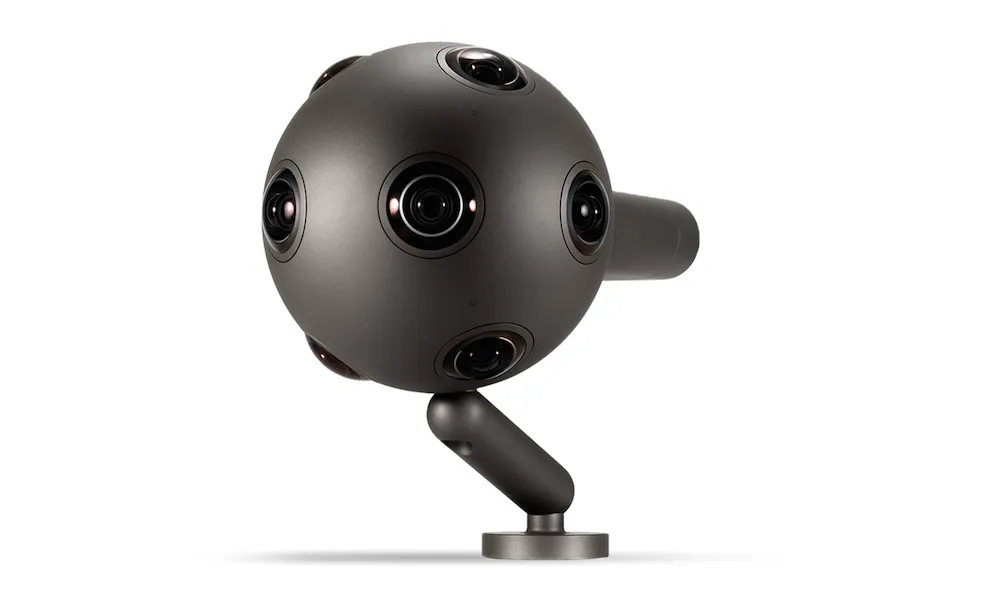The 2016 National Association of Broadcasters conference is well underway in Las Vegas and NOKIA is quickly emerging as one of the major players as far as VR is concerned at this year’s show.
The Finnish company unleashed a flurry of announcements for its OZO professional grade VR camera. These include, according to representatives from the company:
–Live VR broadcasting: A solution for OZO, available to selected partners in Q2 2016 and broadly in Q3 2016, will make the VR experience stronger through 360-degree audio and video, thus enabling viewers to experience events at the same time they are occurring, regardless of location.
–OZO Creator: software that will ship in April with 3D VR stitching functionality, free of charge to OZO customers. With this new feature, Nokia Technologies has removed the complexity from 3D 360-degree footage, making it simpler than ever for creators to produce seamless, immersive content.
–Multi-platform VR player SDK: available to OZO customers in Q2 2016. The SDK will support creation of immersive audiovisual applications and experiences with the highest quality playback of OZO content, while also providing support for standard VR video and audio formats. Nokia plans to support all major VR platforms, and does not limit customers’ ability to distribute OZO content with any other technology.
The most notable of these announcements is the addition of 360 broadcasting to the OZO platform. Earlier this week, YouTube announced a similar program as well. Although, the two initiatives seem to diverge over the level of content creator they are targeting.
YouTube’s announcement specifically mentioned that it will enable broadcasting even for lower-end 360 cameras (those costing around $350). OZO, however, is a $60,000 beast specifically aimed towards professional innovators with massive budgets.
This high barrier to entry may limit the amount of content that can be broadcast through OZO, but it may mean that the quality of those streams is necessarily much higher. From the above release its clear that OZO is targeting events that are already being broadcast (i.e. Sports, Concerts, News, etc.) whereas YouTube seems focused on allowing average consumers the chance to live stream in fully immersive video – which is very much in line with their existing content strategies.
It also should be observed that Facebook – arguably the most prolific provider of 360 video content online – has announced no live-streaming plans of its own. Once that revelation inevitably arrives, then the 360 content wars will have entered an entirely new level of competition.


























